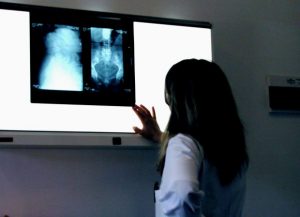In a recent case from the Supreme Court of California, the case was tried before a jury, and jurors returned what is known as a special verdict. A normal verdict form is simply one that asks if the defendant is liable or not, and if the defendant is liable, then the jury is expected to also decide the amount of damages (financial compensation) that should be awarded to the plaintiff. If there is no finding of negligence, then there is obviously not a need to return an award of damages.
 However, there can also be special verdict forms that ask jurors to separately decide on different elements of a tort ,such as negligence, because in some cases, additional elements must be established for certain penalties and monetary awards to be triggered. In this case, the jury returned a special verdict that found defendant was negligent in treating defendant, but that their negligent treatment was not responsible for him becoming a quadriplegic. Continue reading
However, there can also be special verdict forms that ask jurors to separately decide on different elements of a tort ,such as negligence, because in some cases, additional elements must be established for certain penalties and monetary awards to be triggered. In this case, the jury returned a special verdict that found defendant was negligent in treating defendant, but that their negligent treatment was not responsible for him becoming a quadriplegic. Continue reading
 Boston Personal Injury Attorney Blog
Boston Personal Injury Attorney Blog








